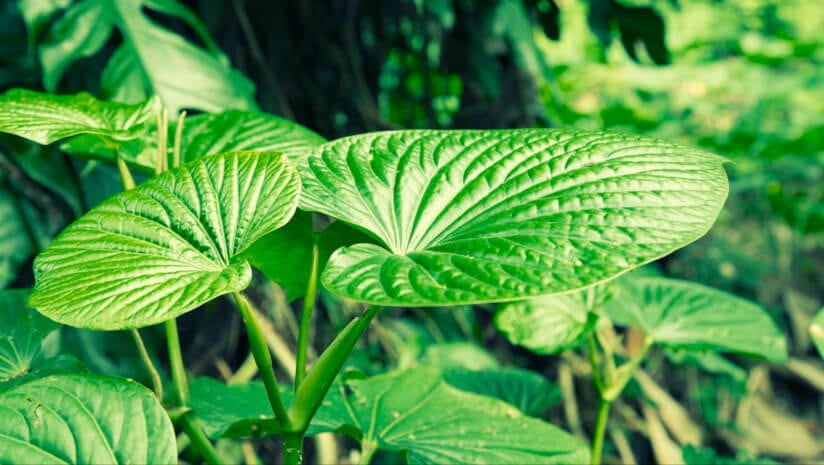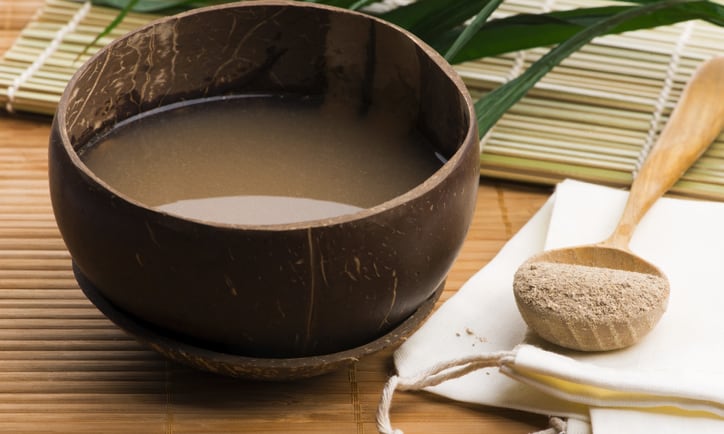Chris Kilham, known as the Medicine Hunter, recalled his first experience with kava back in 1979.
“In minutes, I had this beautiful, calm, kind of peaceful feeling throughout me,” he said, which prompted the ethnobotanist to immediately question the botanical’s legal status.
While kava is federally legal in the United States, regulations vary state to state. In some states, kava is sold as a beverage or dietary supplement, while in others, it is restricted or even prohibited. Kilham said kava’s safe use dates back thousands of years to the South Pacific.
In 1995 when an extraction company asked Kilham how they should go about developing kava, he suggested they send him to Vanuatu. To his surprise, they told him to pack his bags.
“I wound up in the heart of kava culture, way out in native islands and small villages in these low huts drinking kava in coconut shells with all of these native people,” Kilham said. “I was introduced to people who grew kava and dried kava and some people who were trying to trade in kava, but the infrastructure wasn’t really so good. But that began decades of immersion into kava culture and working with and helping to popularize kava.”
Since then, the Medicine Hunter has seen kava’s reputation compromised following a public health crisis. The allegations have since been debunked, but the botanical has been under heavy scrutiny ever since, leading to tighter regulations.
“Twenty or more years ago, there was a completely specious report that came out about kava and liver damage,” he said. “About 21 cases were cited. Twenty of them were completely fabricated, just absolute baloney.”
Kilham explained that many of those cited in the report had alcohol problems, were also on benzodiazepine and possibly pre-existing liver conditions.
“It badly damaged the kava market for no good reason,” he said. “Kava’s been drunk for a couple thousand years that we know of in the islands and you get together in the afternoon for kava time. It’s a beautiful thing, and it has of course changed as it’s come to the U.S., and there’s kava flavors, flavored kava mixed with other herbs and some of that is problematic.”
Kilham said some kava bars and smoke shops that sell kratom alongside kava are to blame, pointing to kratom’s psychoactive compounds that many say are addictive.
“I think that kratom is doing damage to kava, and I’ll tell you why: The two have never ever been associated with each other. Kava is a Pacific Island plant that grows throughout the entirety of Oceana, and kratom comes from Southeast Asia,” he said.
“There are many kava bars and some companies with products that put the two together, and while kava has enjoyed a long, long history of safe use for a couple thousand years, we can’t say the same thing for kratom.”
Kilham explained that some people who are addicted to certain substances take kratom to get rid of that dependency, but there are also many people who claim to be addicted to kratom.
He added that sellers are now offering highly-concentrated products of the active psychoactive ingredient found in kratom, 7-hydroxymitragynine, or 7-OH. The highly potent compound makes up less than 0.1% of the natural kratom leaf.
“So basically, you get blown away, really loaded—that’s not what kava is about," Kilham said. “That’s not what kava is about at all. It’s about promotion of tranquility and peace.
“I don’t like that the two are associated with each other. I think that kratom needs to fight its own fight in the market, separate and distinct from kava. I think that kava’s reputation is being damaged in many ways by association.”



